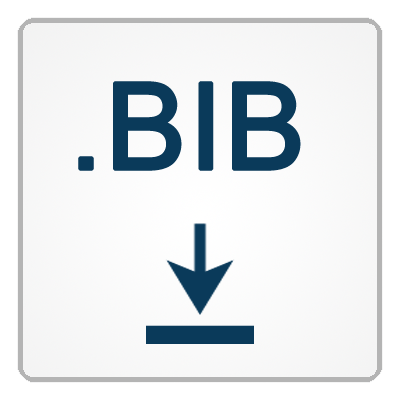Using state feedback to control an articulatory synthesizer
Authors: Ian S. Howard, Peter Birkholz
Abstract:
Here we consider the application of state feedback control to stabilize an articulatory speech synthesizer during the generation of speech utterances. We first describe the architecture of such an approach from a signal flow perspective. We explain that an internal model is needed for effective operation, which can be acquired during a babbling phase. The required inverse mapping between the synthesizer’s control parameters and their auditory consequences can be learned using a neural network. Such an inverse model provides a means to map output that occur in an acoustic speech domain back to an articulatory domain, where it can assist in compensatory adjustments. We show that it is possible to build such an inverse model for the Birkholz articulatory synthesizer for vowel production. Finally, we illustrate the operation of the inverse model with some simple vowels sequences and static vowel qualities.


